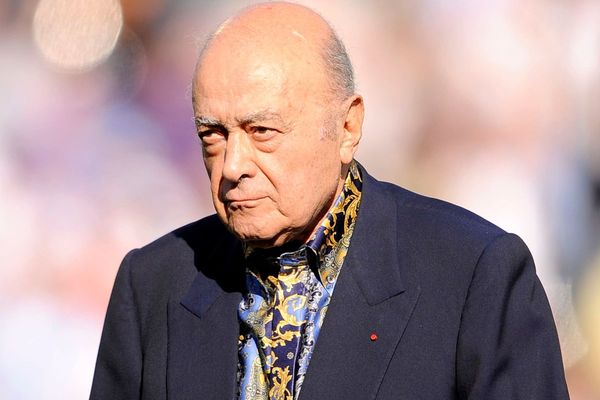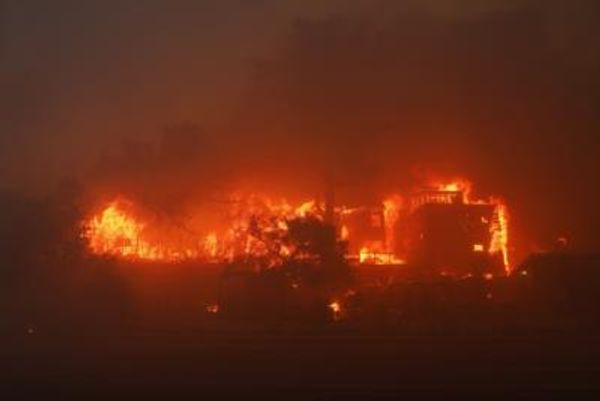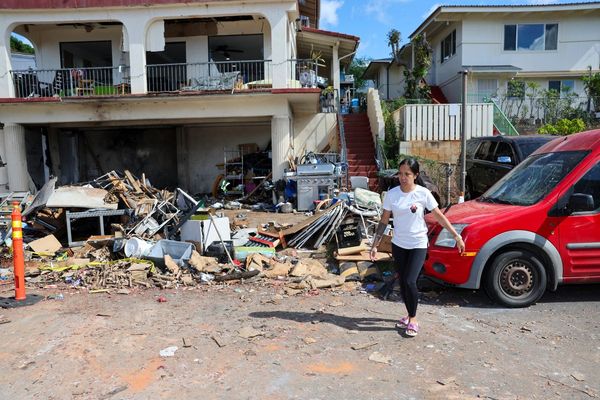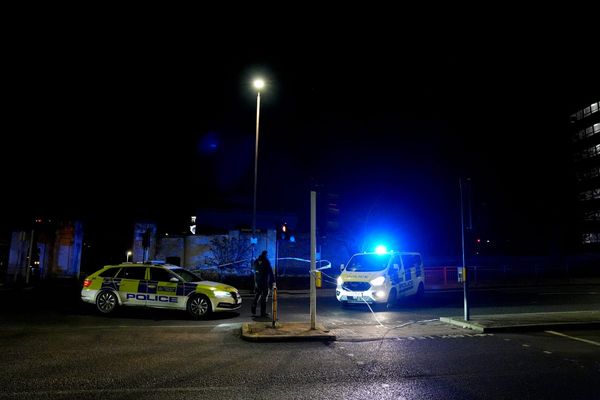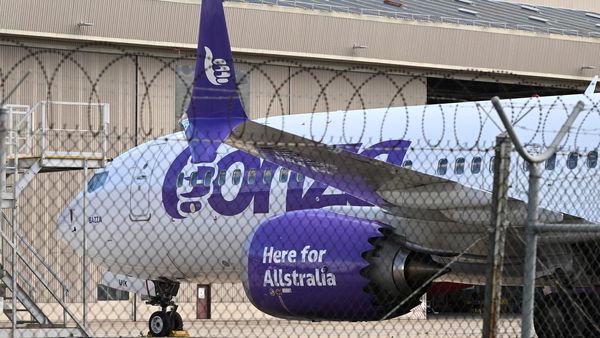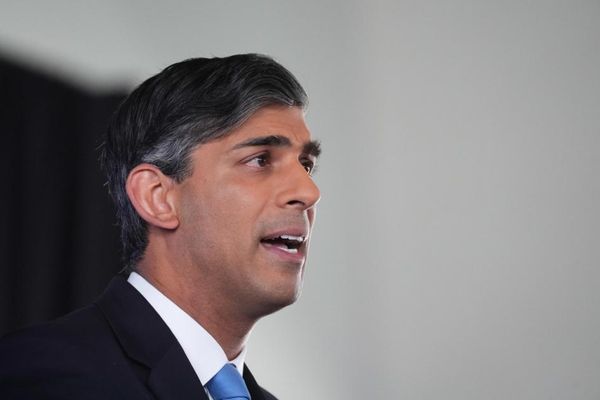
Qantas flight attendants have had enough. They are the latest group of employees to test the national carrier’s divide-and-conquer industrial relations strategy, with two landmark claims by the Flight Attendants’ Association of Australia (FAAA) in the Fair Work Commission.
The flight attendants seek regulated labour-hire arrangements from the airline and one of its external labour-hire suppliers, Maurice Alexander Management (MAM), under the Albanese government’s “same job, same pay” legislation. The FAAA wants to align the pay and conditions of flight attendants across the group who all do the same job, thereby stopping Qantas from using companies like MAM to hire flight attendants on lower pay and conditions.
The case looms as a big test for the Albanese government’s industrial relations legislation, and comes as Qantas tests new Fair Work Commission rules in its battle with pilots at its Perth-based subsidiary, Network Aviation.
Low pay
Flight attendants are the largest single group of employees at Qantas, consisting of 6,500 people across the group’s domestic and international business. They are employed through a complex web of subsidiaries and labour-hire groups, and their pay and conditions have been targeted by Qantas’ handsomely remunerated executives since 2008, the year Alan Joyce was appointed chief executive.
Australian flight attendants’ pay per hour ranges from $56 down to just $29.20. Flight attendants employed on a casual basis by MAM were earning $37.43 an hour with no sick pay, leave or superannuation, according to a document entitled “One Big Loophole” produced by the Australia Council of Trades Unions last year. For these rates of pay, flight attendants can be required to work shifts as long as 20 hours, FAAA president Teri O’Toole has said.
Qantas Group employs all flight attendant staff through 14 different legal entities and enterprise bargaining agreements. Workers are reluctant to make complaints as they need endorsements to be able to apply to one of these entities for full-time employment, O’Toole told Crikey. This includes refraining from reporting issues such as harassment, fatigue or anything that will draw attention to themselves.
O’Toole said flight attendants are “first responders”.
“In the air, there are no police, no paramedics — only flight attendants,” she said.
“When there is an emergency landing, for instance, and there is a fire on board, flight attendants stay until the last passenger is off the plane. And Qantas pays $29 an hour to do that.”
Offshore hire
As well as dodging Australian labour laws, Qantas has also increasingly been employing offshore-based crews for international flights in the United Kingdom, Singapore, New Zealand, Thailand and Indonesia.
Hourly pay rates for offshore flight attendants employed by Qantas are lower than in Australia. In Thailand Jetstar, flight attendants are paid $2.16 an hour. The Thai crews then fly out of Australia on Jetstar aircraft, looking after passengers on flights to other destinations such as Japan and the Philippines before returning home. Jetstar flight attendants based in Indonesia are paid $2.93 per hour. For comparison, in the UK, flight attendants are paid $20.34, and in New Zealand they’re paid $25.39 an hour, according to the FAAA.
Crikey understands Qantas is planning to use NZ and UK flight attendants on its much-ballyhooed (and now delayed until mid-2026) ultra-long-haul “Project Sunrise” flights, which promise direct flights from the east coast of Australia to London and New York. For instance, Qantas would take a New Zealand crew on its Sydney-Auckland-New York flight and then use them on the New York-Sydney return flight, and then on the flight back to Auckland.
The company confirmed this week that Airbus has gained regulatory approval for an extra petrol tank (and more carbon emissions) for the A350 that will be used on the 20-plus-hour flights. However, there are questions regardign the physical impact of such flights on staff. Qantas pilots tell Crikey that currently on 16-hour-plus Auckland-New York flights, economy passengers emerge “like zombies”.
Meanwhile, there are signs the pilot crisis in Qantas’ regional subsidiaries is starting to bite, with mainline B737 planes taking over major routes to Darwin from Perth and Melbourne that have been serviced by Network Aviation and National Jet Systems, respectively. Pilots told Crikey Qantas was having particular trouble signing up pilots to fly its new A220 aircraft operated by National Jet Systems, the staff from which are paid lower wages than Qantas mainline pilots who fly on the same routes on B737s.
O’Toole said that the FAAA has further actions it can take in the Fair Work Commission, but that this was a major test for Qantas chief executive Vanessa Hudson, who is smarting from adverse and expensive legal findings against Qantas from Joyce-era illegal baggage handler sackings and the selling of ghost flights.
“Vanessa has talked big about change, about doing things differently from the past. She has talked about wanting to work better with unions who represent her employees,” O’Toole told Crikey.
“And this case, our case, is the first case against Qantas, and it’s an opportunity for her to make a decision. To sit down with us and negotiate an outcome, or to go to the High Court like Alan did.
“This will be the first test of, are you going to sit down and make a deal? Or are you going to fight your employees in the High Court about paying them fairly the same job, same pay?”
